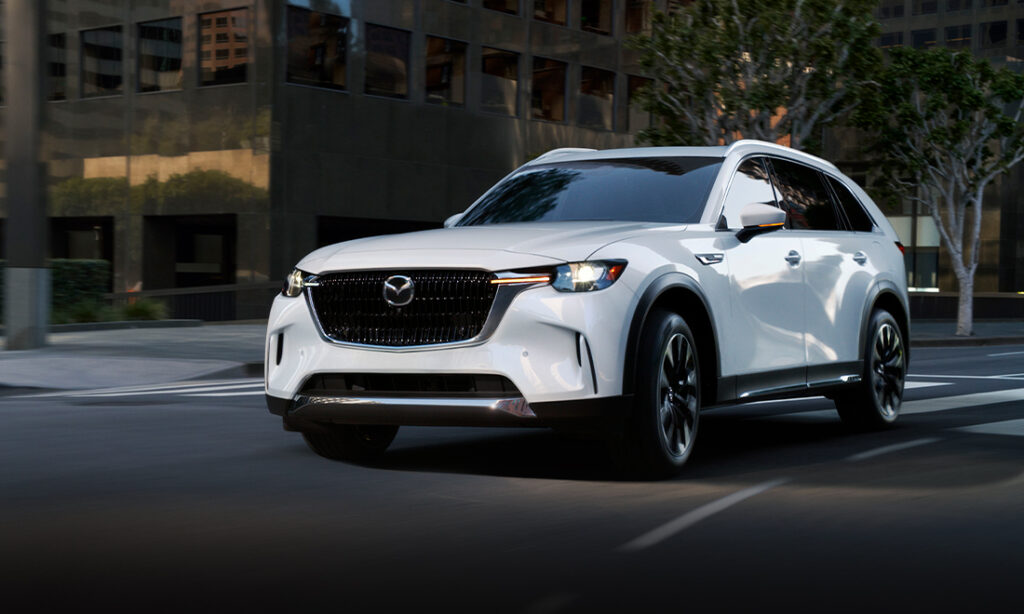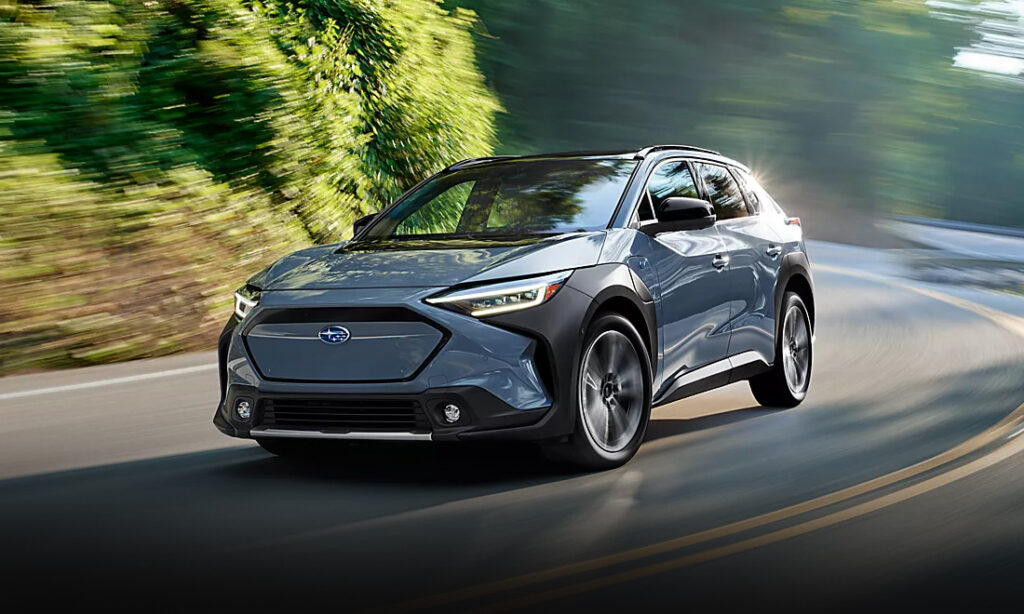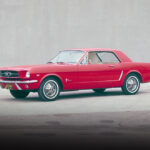Cars with Weird Engines
Not all engines have four, six or eight cylinders or are straight, flat, or Vs. Some engines are … weird, and these are the cars powered by them.
Automotive Outliers
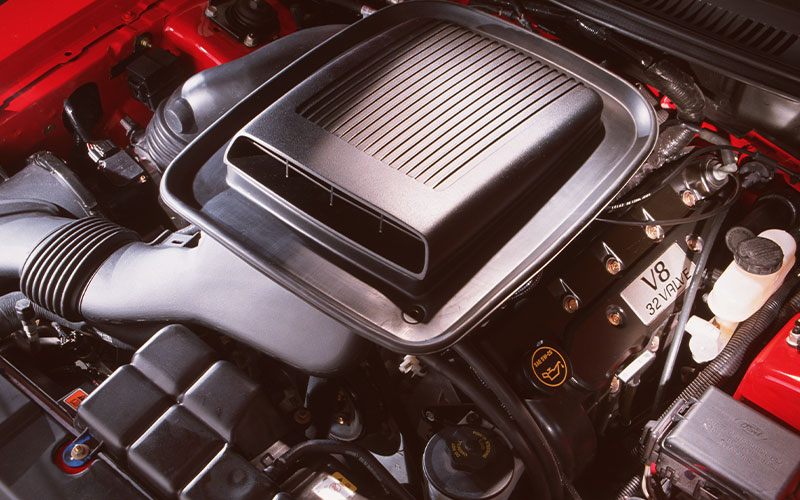
Over the course of the last hundred or so years of automotive engineering, the industry has narrowed down to a handful of engine designs. The general goals of balance, efficiency, power, and reliability can be found, to varying degrees, in engine designs like the four- and six-cylinder horizontal boxer, the three-, four-, and six-cylinder inline, the V6 and V8. Aside from the practical engineering goals of these designs, their ubiquity in the cars we drive also comes down to manufacturing scale. Most modern car companies have various models share the same basic powertrains to save on both R&D and manufacturing.
But sometimes, the demands of specific projects and specific cars call for something out of the ordinary under the hood. Enter the weird engines. When executives give engineers the green light to allow their imaginations to run wild, you get things like the Bugatti Chiron’s W16 engine or Ferrari’s string of V12s. Below we explore exceptional cars with equally exceptional engines.
Bugatti Chiron – W16
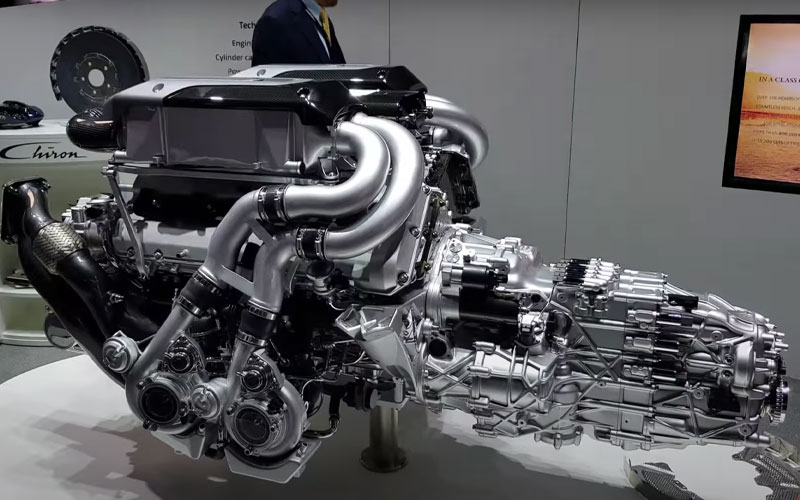
As one of the world’s most expensive supercars (at $2.9 million) and also its fastest (at 300 mph), it’s no wonder the Bugatti Chiron is powered by an equally unconventional engine. The Volkswagen Group’s W16 is an 8.0L quad-turbocharged monster. The W16 is basically two VR8 engines stitched together (a VR being a very acute angle V engine). In all, the record-setting W16 in the Bugatti Chiron 300+ produces a full cavalry’s worth of 1,578 horsepower.
Mazda RX-7 – Wankel Rotary Engine

Invented by Felix Wankel, the Wankel rotary engine is indeed a very weird engine. A variant of a pistonless rotary engine, the Wankel uses a triangular rotor spinning within an oval housing. With each revolution, the rotor presses against the housing wall in sequence, producing the same Otto cycle of intake, compression, ignition, and exhaust. The main benefits of the Wankel design are the high revs of the engine and the compact size. German automaker NSU was an early adopter of the Wankel design, using it in numerous cars. Mazda adopted the Wankel for some of their cars starting in the 1960s with its most renowned application coming in the form of the RX-7 which debuted in Japan in 1979. The RX-7 lasted four generations (in Japan anyway) from the late 1970s all the way to the early 2000s. The RX-7 is perhaps best remembered for the distinctive buzzy revs of its Wankel engine. The Wankel fell out of favor with Mazda and the rest of the automotive world due mostly to the engine’s inefficient and unreliable nature.
Audi RS3 – Inline-5
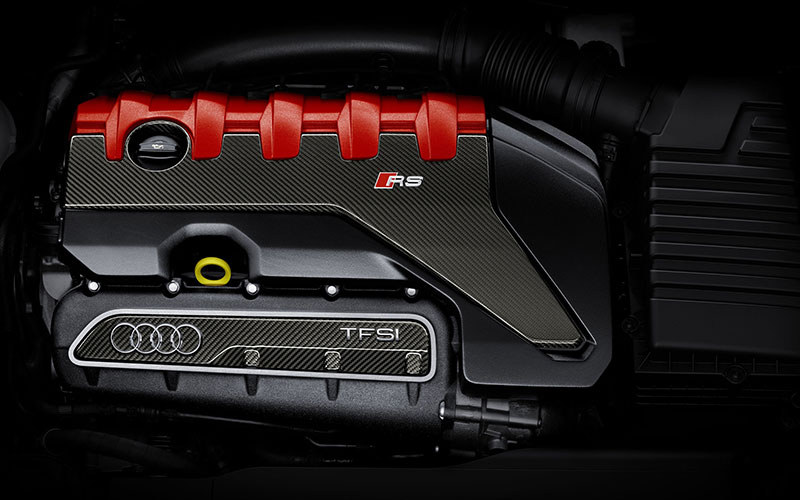
You know straight-6s, four-bangers, and even those little three poppers, but don’t forget about the lesser-known inline engine, the five-cylinder. Sitting between the smaller four-cylinder and the more powerful six-cylinder, the five-cylinder has advantages over either. First, it’s larger displacement adds considerably to power output while not taking much more space than a traditional four-cylinder engine, which in turn allow it to be mounted transversely in smaller cars. The naturally even power stroke and firing interval of the inline-five makes for a much smoother engine than the four-cylinder. This has its benefits and costs, however. The odd cylinder number leads to a secondary imbalance, basically the engine rocking/wobbling end to end. To compensate, most five-cylinder engines come equipped with balancing shafts.
While five-cylinder engines have been used widely, in cars like the Ford Focus RS, the Land Rover Defender, and the Mercedes-Benz W123, its more storied home is that of Audi. The German automaker has fielded straight-fives in a whole host of cars from their legendary Quattro rally car to the current 2022 Audi RS3. The RS3 features a 2.5L turbocharged 5-cylinder making 401 horsepower and capable of propelling the car from 0-60 in roughly 3.5 seconds.
Despite Audi’s affinity for the five, most manufacturers avoid them due to their complexity.
Ferrari 365 GTB/4 Daytona– Colombo V12
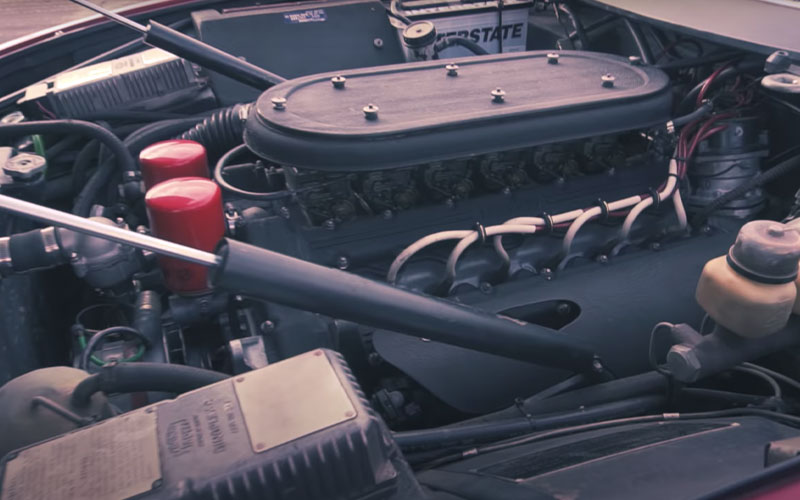
Ferrari isn’t the only Italian supercar maker with a thing for 12-cylinder engines, but their use of flat-12s and V12s is legendary. And no V12 engine got more use from Ferrari than their Colombo V12. It was the company’s first engine, designed in the late 1940s by Enzo Ferrari and Gioacchino Colombo, and saw use from 1947 all the way to 1988 in everything from the Ferrari 125 S racecar to the 365 California to the Ferrari 412. Over that time, the Colombo V12 engine grew considerably in size, starting at a puny 1.5L in the late ‘40s all the way to 4.9L by the late ‘80s. While Ferrari and Lamborghini still make use of their V12 engines, most of the rest of the automotive world has stuck to simpler, large displacement V8s.
Dodge Viper – V10
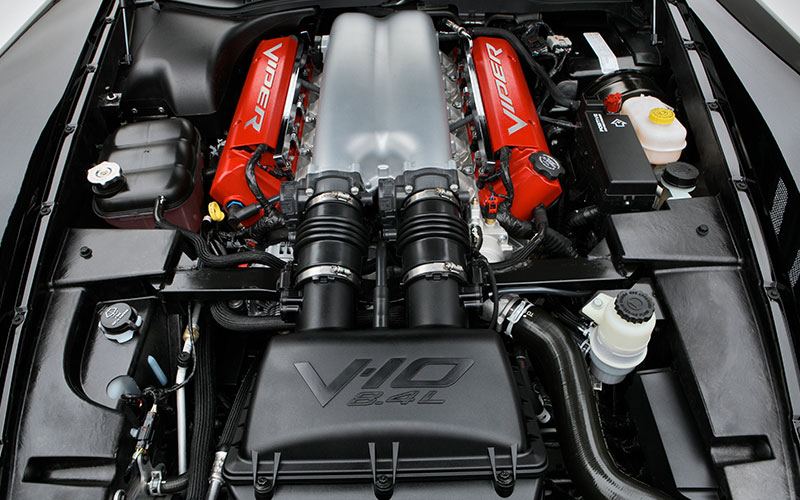
Chrysler wild child, Dodge has long been known for putting silly amounts of power under the hood of their sports cars. A good portion of the reputation can be owed to the Dodge Viper and its incendiary V10 engine. The brainchild of Bob Lutz and Tom Gale, the Viper was intended as a recapitulation of Carroll Shelby’s Cobra, a brute force speed demon devoted entirely to the visceral experience of extreme speed. From the lack of a roof to the deafening side pipes to the massive 8.0L V10, the Viper delivered on that dream. Like 5-cylinder engines, the V10 does require balancing shafts to counter secondary forces. Though the V10 has never seen widespread use, it did see a few other notable uses like in the Lamborghini Huracan, Audi R8, and Porsche Carrera GT.
Cadillac Series 452 and Series 90 – V16
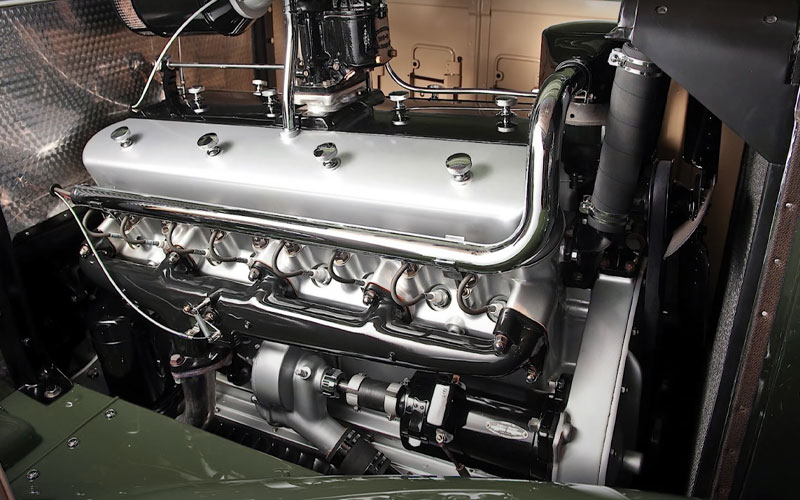
In its day one of America’s most prestigious and luxurious automobiles, the Cadillac Series 452 was synonymous with its engine, the V16. Like the Bugatti’s W16, the V16 is the marrying of two straight-8 engines set together at an angle. The resulting engine was 7.4-liters or 452 cubic inches, hence the Series 452 name. Cadillac optimistically claimed the V16 produced 175 horsepower. New technology like hydraulic valve lifters and a very low idle speed of just 320 rpm meant the V16 was an exceptionally quiet engine, perfectly in keeping with Cadillac’s luxury aura. Debuting in December of 1929, the Cadillac V16 exceeded sales expectations despite a $5,750 price tag and the advent of the Great Depression.
Gobron-Brillié – Opposed Piston Engine

The early days of the automobile saw a lot of innovation including when it came to engine designs. French automaker Gobron & Brillié developed an engine that operated by opposing pistons coming together to cause combustion. This also makes the opposed-piston engine a two-stroke rather than a four-stroke engine. Unusual though it may seem, this design has seen applications as diverse as aircraft, submarines, and military vehicles and often using diesel fuel. Despite having two crank shafts the rest of the opposed-piston engine is simplified with its lack of any valve train (no camshafts, no valves, no rocker arms, and no cylinder head). The opposed-piston engine is also highly efficient for its size. This is why companies like Achates Power and Cummins specialize in special applications of the opposed-piston engine. In fact, just this past July, Cummins signed an $87 million dollar deal to develop a diesel opposed-piston engine for the US Army.



